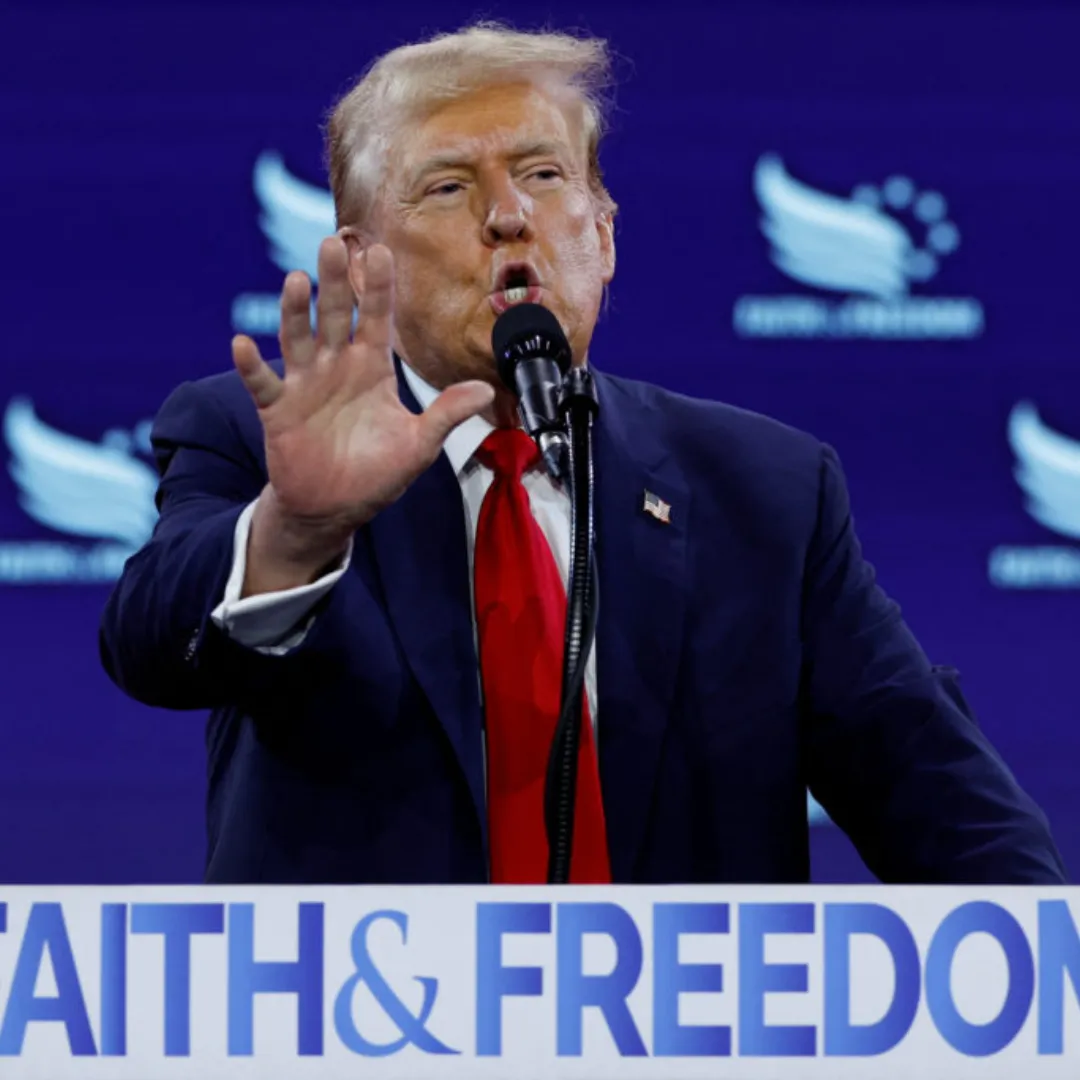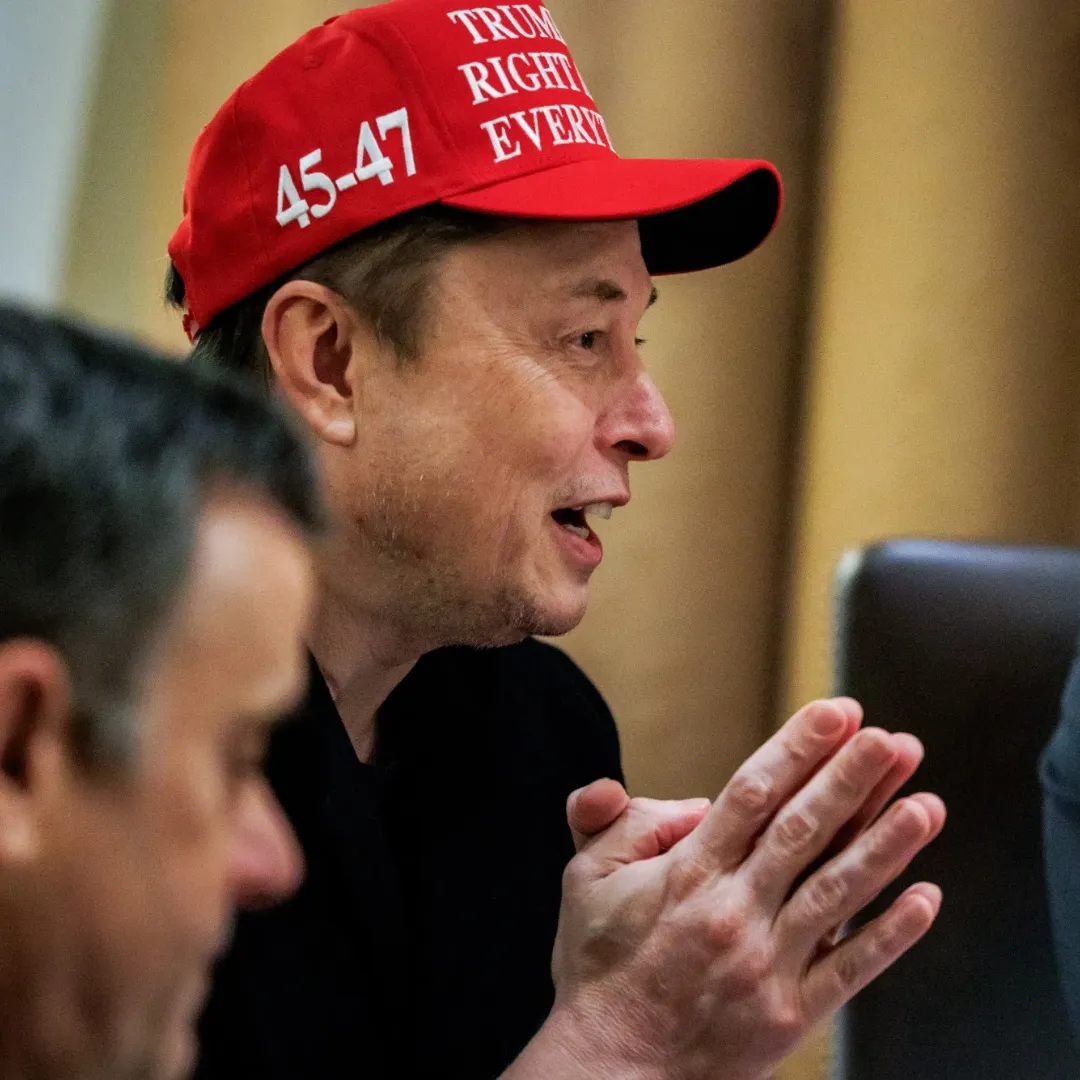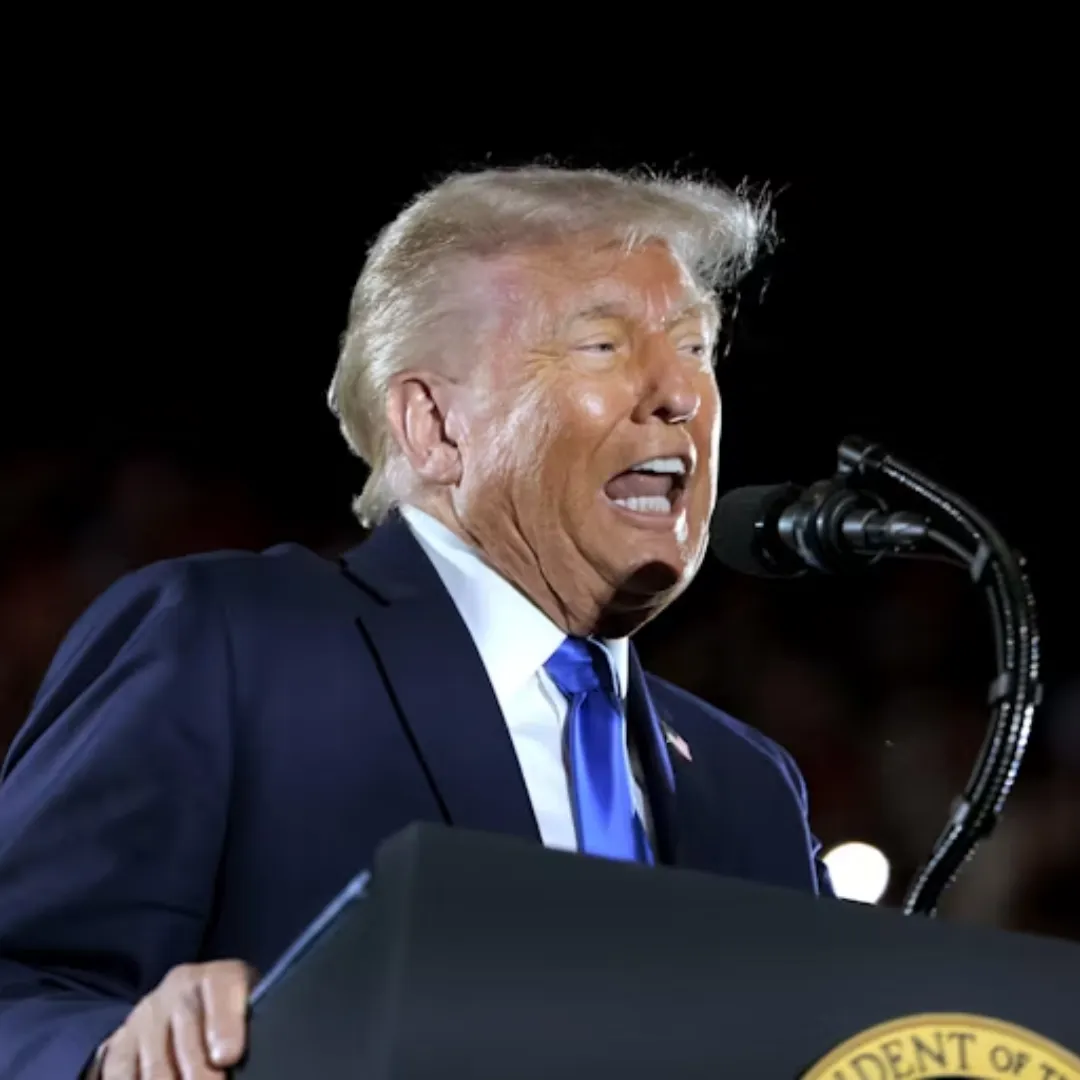
President Donald Trump claimed Friday that gasoline prices had fallen to historic lows under his leadership, crediting his administration’s tariffs and economic strategy for the supposed drop. But industry experts say the president’s numbers are inaccurate, and the prices he touted do not reflect what Americans are actually paying at the pump.
In a post on his Truth Social platform, Trump wrote, “Gasoline just broke $1.98 a gallon, lowest in years, groceries (and eggs!) down, energy down, mortgage rates down, employment strong, and much more good news, as billions of dollars pour in from tariffs.”
The message was part of a broader effort by the White House to emphasize economic achievements during the president’s first 100 days of his second term, as the administration seeks to portray the United States as entering a new era of prosperity.
But according to GasBuddy, a fuel price tracking company that compiles real-time data from tens of thousands of stations across the country, there is no evidence to support Trump’s specific claim.
“We don’t have any data showing any individual stations below $2 a gallon today, nor have we really seen any of that in the last several weeks since these claims have started,” said Patrick De Haan, head of petroleum analysis at GasBuddy.
GasBuddy’s data on Friday showed the lowest price for regular unleaded gasoline was in Mississippi, where a station posted a rate of $2.63 per gallon. Across the country, the average cost was closer to $3.18, according to the American Automobile Association.
Not a single station in the U.S. was documented as offering gas below $2.61 per gallon, making the president’s stated price of $1.98 an outlier without public confirmation.
The discrepancy raises renewed questions about the administration’s accuracy when promoting its economic record. Trump’s comment comes after weeks of similar claims that fuel costs were falling quickly. His message Friday was particularly specific, suggesting a precise figure that experts say simply doesn’t exist.
Throughout his political career, Trump has made fuel prices a cornerstone of his economic narrative. In campaign speeches and press appearances, he has often pointed to gas station prices as a key indicator of his success. In this case, he appears to be overstating the extent of that success.
This is not the first time Trump has clashed with outside analysts over economic indicators. From inflation and unemployment rates to food prices and energy production, he frequently presents figures that either conflict with or dramatically simplify the data provided by nonpartisan institutions.
His critics say the pattern reflects an effort to shape public perception through repetition rather than reality.
Supporters of the president argue that his policies, including aggressive tariff enforcement and deregulation, are beginning to have long-term effects on the economy that may not be immediately captured in industry reporting.
The White House has not provided further explanation of the $1.98 figure, nor has it cited a specific location or station that was offering that rate.
Tariffs, which Trump referenced again in his Truth Social post, have been at the center of his second-term economic strategy. He has touted the billions collected from foreign import duties as a win for American industry, even as economists debate whether the costs are simply passed along to consumers.
In his post, Trump credited tariffs with boosting federal revenues and claimed they are helping lower prices across several sectors, including food, energy, and housing.
But many economists say the relationship between tariffs and consumer prices is more complicated. In fact, some argue that tariffs often increase costs for American businesses that rely on imported goods and raw materials, which in turn can drive up prices for consumers.

In the case of gasoline, prices are more heavily influenced by crude oil markets, refining capacity, regional distribution issues, and geopolitical events than by tariffs or federal fiscal policy.
De Haan emphasized that gasoline prices are influenced by factors beyond any one administration’s control. “Global demand, refinery output, transportation costs, and seasonal changes all play a role,” he said. “Right now, we’re not seeing anything in the data that suggests gas prices have dipped below $2 anywhere.”
The issue has sparked fresh debate in political circles. While Trump continues to cite falling prices as proof of his successful leadership, Democrats and economic experts have warned against using isolated or inaccurate data points to craft public messaging.
“We’re seeing a familiar pattern here,” said a congressional aide aligned with the Democratic leadership. “The administration is cherry-picking numbers or outright fabricating them to fit a narrative. This is not how responsible economic policy is communicated to the public.”
Meanwhile, the average American driver continues to navigate the reality at the gas pump, which tells a different story than the one emerging from the president’s online posts. With gas hovering above $3 in many areas, and inflation still affecting key sectors like food and housing, household budgets remain under pressure.
According to the Bureau of Labor Statistics, while inflation has eased slightly compared to pandemic-era highs, it remains a top concern for working families. Wage growth has not consistently kept pace with cost-of-living increases, and while mortgage rates have ticked downward recently, they are still significantly higher than the pre-pandemic averages.
In this context, Trump’s message that “everything is down” has raised eyebrows. On one hand, the administration has taken credit for moderating inflation and pushing new infrastructure projects that may help reduce future costs.
On the other hand, some of the most visible markers of everyday life — from grocery store receipts to gas station signs — continue to reflect stubbornly high prices.
At a recent event in Ohio, Trump again referenced gas prices as proof that his leadership has changed the trajectory of the economy. “People are filling up their cars and not emptying their wallets,” he said to applause. “That’s because of what we’re doing.”
But according to economists like Sarah Underwood of the Brookings Institution, such claims can do more harm than good if they aren’t grounded in verified data.
“When the public hears that prices are falling dramatically but goes to the store and sees otherwise, that disconnect creates skepticism — not just about the data, but about government credibility,” she said.
As for the $1.98 price tag, De Haan of GasBuddy said he’s still waiting to see it reflected in the real world. “We watch these trends closely, and if someone was selling gas for that price, we’d know,” he said.
In the meantime, the president’s claim continues to circulate widely on social media, amplified by supporters who see it as a sign of strength, and scrutinized by experts who see it as misleading.
With no official clarification from the White House, and no gas stations offering the advertised rate, Americans will have to draw their own conclusions. For now, the numbers at the pump remain clear — and none of them start with a one.




